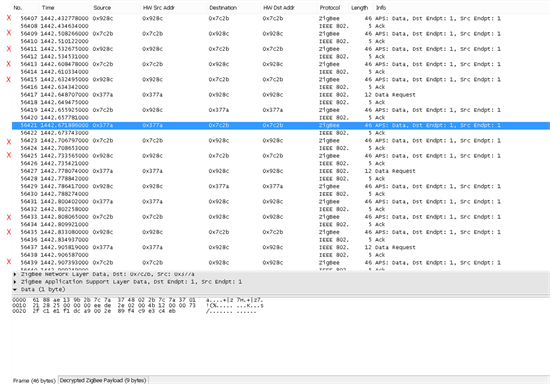Hello everyone,
i made an application in which when a specific event occours two different routers send a message to a end device, and the end device replies to them in 1-hop mode, since i want the message to be sent directly from the end device to the routers, because i want to use its RSSI. This application works, and using a sniffer i can see that the requests from the routers are routed correctly and arrive to the end device through his parent, and the reply of the end device does a direct path from him to the routers, without being routed.
The question is: how is this even possible? From what i understood, a end device can communicate only with his parent both in transmission and in reception, as for example is stated here
http://e2e.ti.com/support/low_power_rf/f/158/t/220798.aspx
so my guess is:
- what stated above is not true and a end device has to rely on his parent only for the reception of the messages, not for the transmission
- the end device changes his parent multiple times in a "transparent" way (i don't see any message on the sniffer apart from the ones i expect), communicates with them and then goes back to his original parent (in this case the coordinator)
does anybody know the answer?
thanks and regard
Claudio


